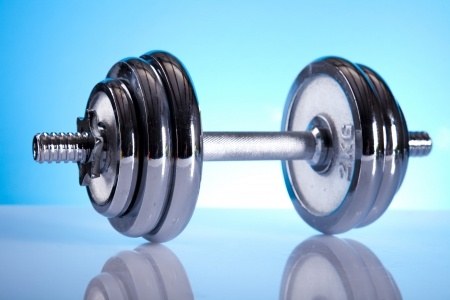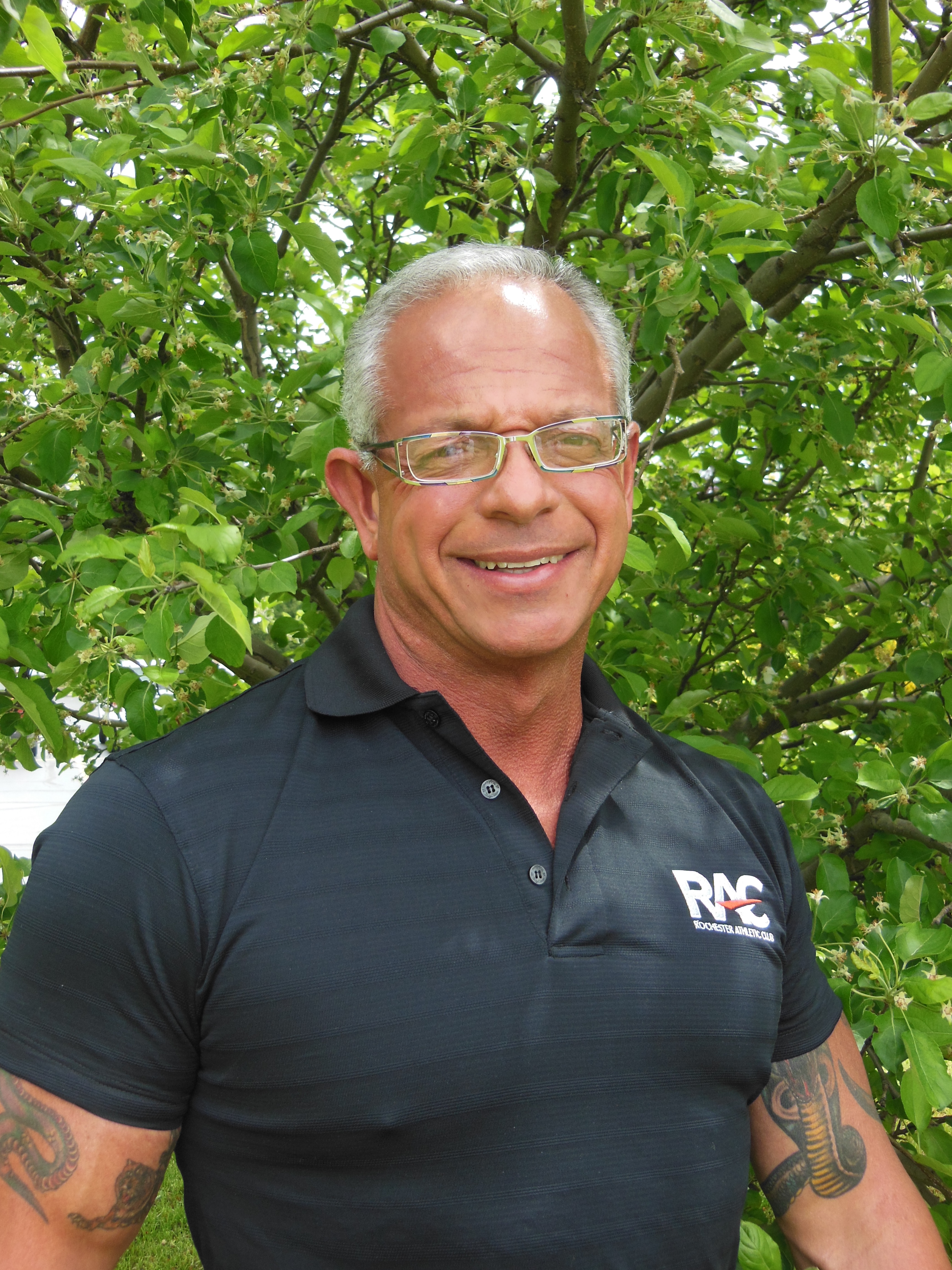Emphasis
The primary muscles stressed in this movement are the muscles in the front of your upper arm (upper biceps brachii). The secondary muscles stressed are the muscles in your forearm and shoulder as well as the brachialis and brachio radialis.
Starting Position
With a dumbbell in each hand, carefully sit on an incline bench set at a designated angle (the lower the angle of the incline, the greater stress on the bicep). Extend your arms down and at your sides with your palms facing toward your body (wrists straight). Keep your feet flat on the floor and your back flat against the seat.
Movement
Turn your right hand out until your palm is facing forward. Raise the dumbbell up as far as you can without moving your elbow. At this point, turn your little finger toward your shoulder and contact your bicep hard. Take two to three seconds to lower the dumbbell down to the extended position. Do not turn your palm back in toward your body until you have reached the extende3d position. Repeat with the left arm, performing the same amount of reps as you alternate each side.
Training Tips
Keep your elbow at your side as you raise the dumbbell. If you allow your elbow to move us as you raise the dumbbell you will be using your shoulder to move the dumbbell. If you see that your forearm is straight up and down in the top position, your elbow is too far forward.
Warning Tips
Do not arch your back when raising the dumbbell up. Failure to do so can result in serious injury to your back.
Do not lower the dumbbell any faster than two to three seconds. You must stay in control at all times during this movement. The faster you perform this movement, the less control you will have, which in turn will increase your risk of injury.
 Robert Bovee Certified Master PPT, RTS, ETS, FTS
Robert Bovee Certified Master PPT, RTS, ETS, FTS
As one of the most successful Professional Personal Trainers and Exercise/Fitness Therapists in the United States, Robert continues to remain at the forefront of the industry by providing his clients with a thorough education and the tools to implement that education. By improving his client’s physical health, strength, endurance, cardiovascular fitness and nutritional habits, he is able to motivate them to lead longer, happier and more productive lives.
Guest authors offer experience and educational insights based on their specific area of expertise. These authors are contributing writers for the NFPT blog because they have valuable information to share with NFPT-CPTs and the fitness community at-large. If you are interested in contributing to the NFPT blog as a guest, please send us a note expressing your interest and tell us how you can contribute valuable insights to our readers. We look forward to hearing from you! Send to editor@nfpt.com

